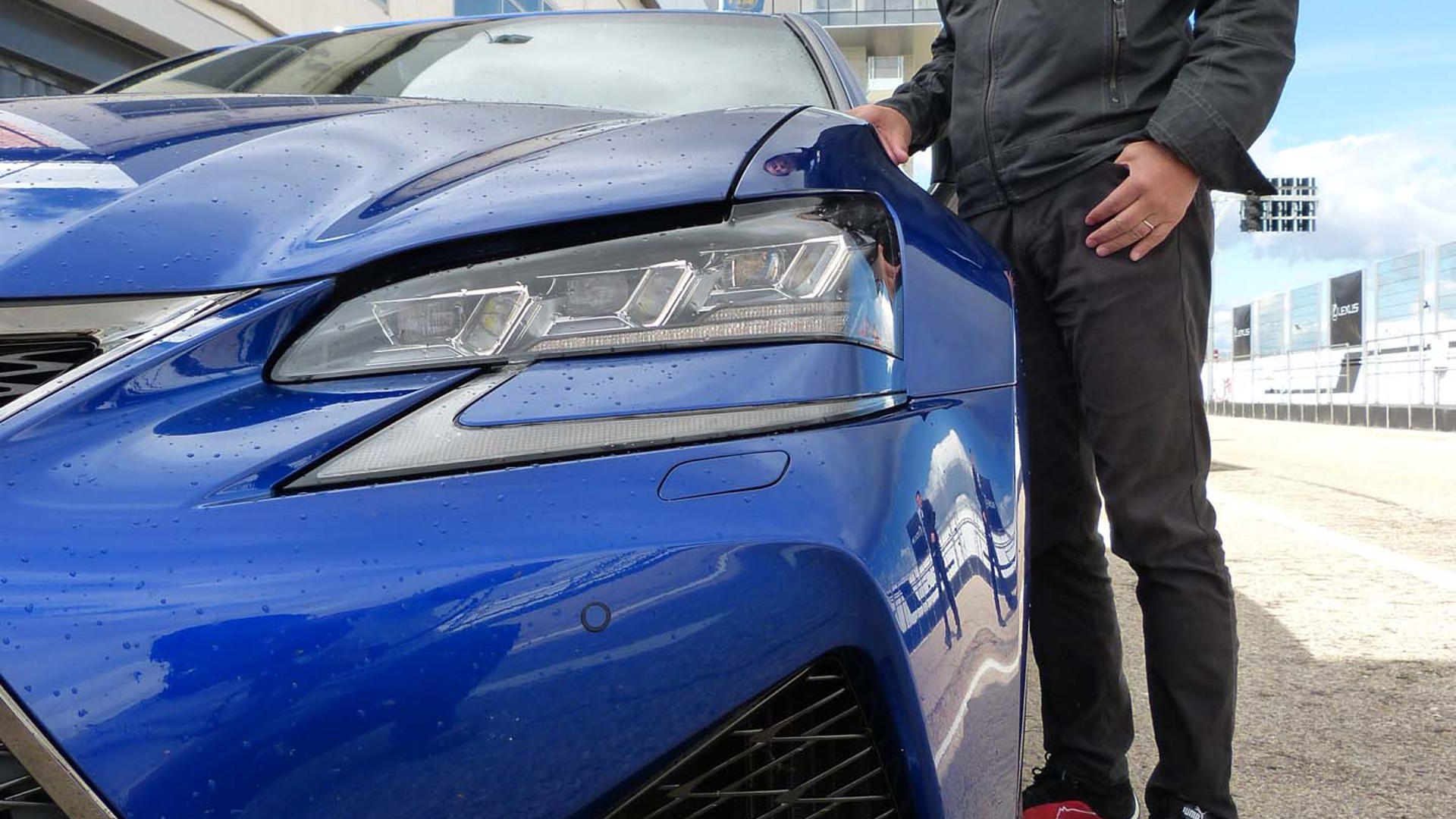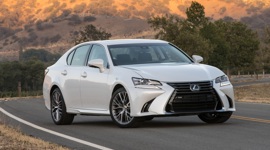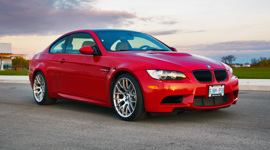Neither engineers nor the Japanese people are renowned for being especially evocative types, but you’ll find few people as openly passionate about the emotion of the automobile as Yukihiko Yaguchi.
Yaguchi is rapidly approaching his 40th anniversary as an employee of the Toyota Motor Company. He began as a noise and vibration engineer and went on to work on the design for multiple generations of the Toyota Supra before moving to Lexus in its infancy in the 1980s. There he was involved in planning and brand strategy and had a hand in the development of the LS 400 among other products.
As his role and influence in Lexus expanded, so did his awareness that the brand was missing something fundamental.
“When I was first involved in the Lexus brand, there wasn’t much in terms of emotional value that we were offering toward our customers,” Yaguchi says. “I wanted to do something about it.
“I said, why don’t we make a sports sub brand that will drive us toward a more emotional direction?”

Yaguchi became the Chief Engineer for the fledgling F series – named for Fuji Speedway, the spiritual home of the brand, and born from his desire to connect with consumers not through numbers but through the heart.
His hand has touched every model that has passed through showrooms, from the IS F that started it all in 2007 to the LFA supercar, several track-dedicated race cars, and the RC F coupe and its newly released four-door sedan sibling, the GS F.
All of these models share the basic concept behind the F brand: the idea that sports cars should be accessible and fun.
“If you ask customers, ‘what would you imagine if I mention the word sports car?’, they would immediately say it’s fast but it’s pretty difficult to drive,” Yaguchi explains. “I didn’t want that. Because I wanted to go back to the roots and pursue fun and playfulness, I wanted a car which is easy to drive and yet you can still have fun. And because of it being an F car, you have to be able to drive it on the track.
“I pursued two aspects. One is that you can be any skill level in terms of your driving and you can still have fun in this car. But if you are a more advanced driver, the car has so much potential that you are able to pull that potential out. You can really dig deep into that car.”
The F brand has also retained an element of purity. Even in the most recent release, the GS F sedan, Lexus has doggedly held on to a naturally aspirated 5.0L V8 engine, something that nearly all of its competitors have let go in favour of the economies of turbocharging.

Yaguchi explains that the decision is a calculated one.
“I think the reason is simple: there isn’t a turbo engine out there that we see fit for this brand, meaning it doesn’t have the right sound, response, and unlimited power feel,” he says.
One thing that, refreshingly, no one tries to hide is that F branded cars are unabashedly halo cars. According to Yaguchi, they exist to create an emotional connection with consumers, but they also drive sales of F Sport trimmed vehicles throughout the Lexus lineup.
“To establish and set up this concept we used something called the F pyramid,” he explains. “At the pinnacle we have the LFA, and then the second layer, that would be the F brand. And then on the bottom layer, that would be the F Sport grade.
“Where we see F going is that we want it to be the driver for the F Sports that we have in the rest of the model lineup.
“I think what we’re aiming for is not something like AMG where you have many different vehicles which carry the AMG badge. For the time being, we will limit it to the RC F and the GS F.”
The GS F is the newest member of the family, a car that can be summarized overly simply as a four-door version of the RC F coupe that made its debut last year. Like the RC F, the GS F will be available in a single, well-equipped trim in Canada incorporating the aforementioned 5.0 L V8 paired with an eight-speed automatic transmission.

The key to the easy drive feel of this car is the rear torque-vectoring differential, which distributes traction between the back tires so well that the GS F hardly feels like a rear-wheel drive car at all.
Of course, if rear-wheel-drive feel is what you want then you could always turn the nanny systems off, which I’m told turns this car into a completely different animal. But we weren’t allowed to try that in our testing environs in central Spain, so I’m unable to confirm that for myself.
The horsepower numbers don’t wow in the face of the competition – the BMW M5 hits 560 hp, the Mercedes-AMG E 63 makes 577 hp, and the Cadillac CTS-V stomps it with 640 hp. But a good sports car is more than the sum of its stonk, and the relatively humble-looking 467 hp the GS F’s naturally aspirated engine creates is more than made up for by its easy driving style, which per Yaguchi’s intent will suit drivers of every skill level.
It should also prove to be well priced in its segment. Official figures are forthcoming, but the CTS-V starts at $93,735 in Canada and the GS F can be expected to come in competitive to that when pricing is announced later this year.







